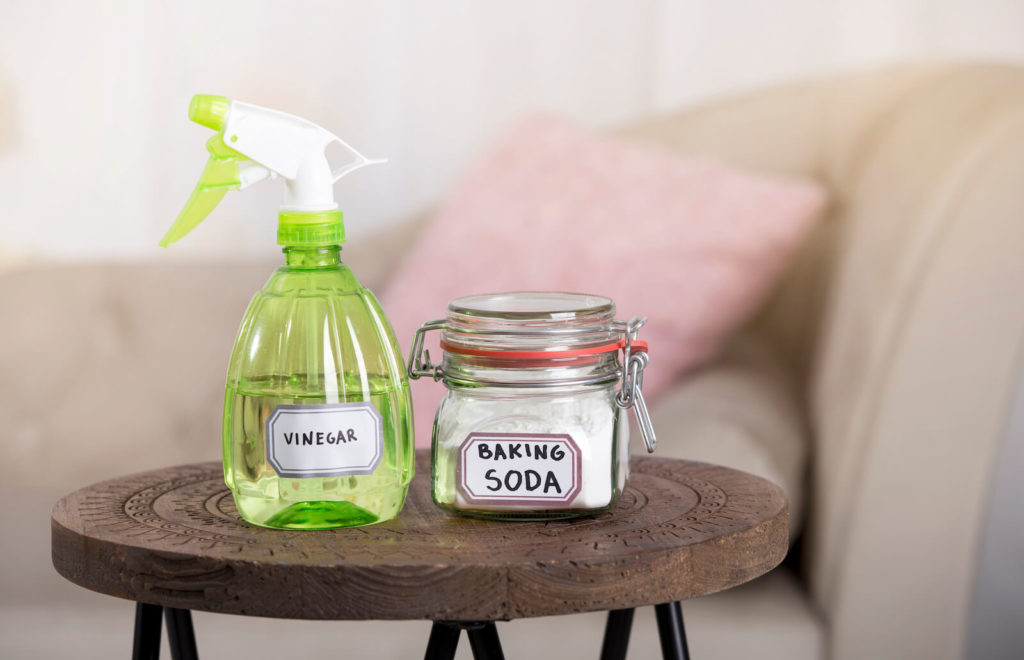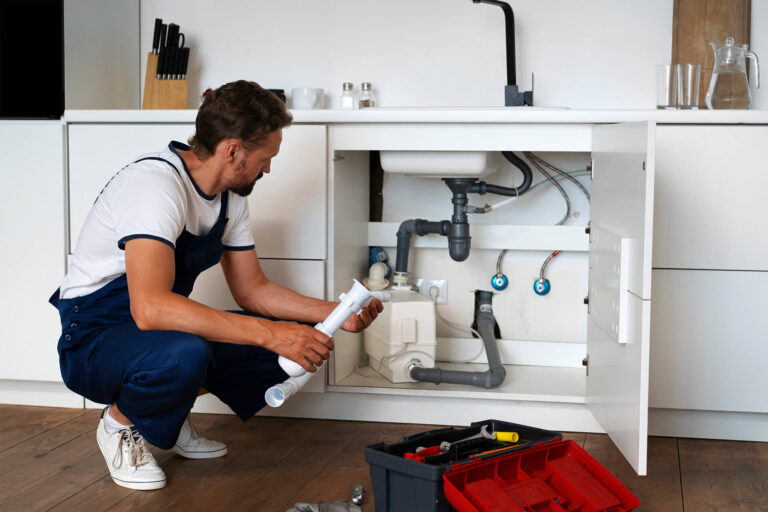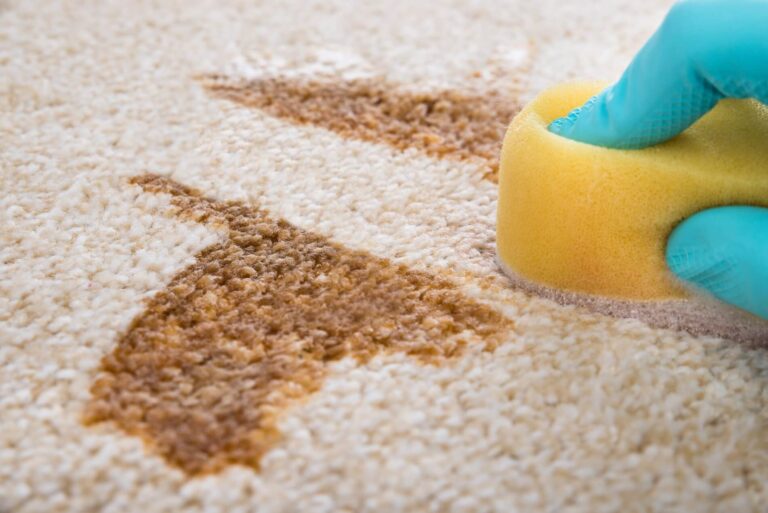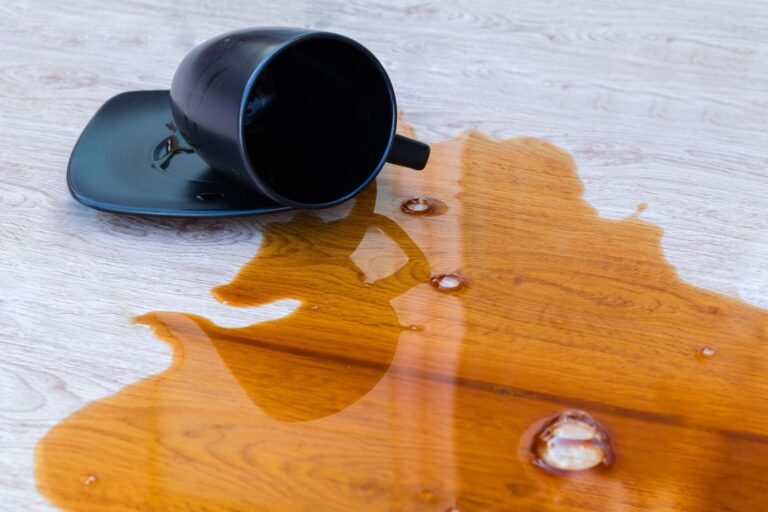How to clean grease and soot from the oven
To clean grease and soot from the oven, first remove any unnecessary items from it. Remove the shelves to prevent them from interfering with your cleaning. Preheat the oven for fourteen to fifteen minutes at approximately 50 degrees C° before cleaning it. This will allow detergents to clean the oven more effectively.
Use household chemicals for quick cleaning

Make sure you unplug your electric oven before using household chemicals.
When using oven cleaners, consider not only how quickly you wipe off the burnt fat, but also how strong the smell of the cleaner is. Some detergents have a very strong smell that can be unpleasant. It’s better to use it with a mask, and it might be a good idea to keep the kitchen window open.
It is better to choose a cleaning agent in the form of a gel. The gel does not drain from the walls of the oven and quickly breaks down dirt and soot. Simply apply the cleaning gel with a sponge, then wipe it off after twenty to thirty minutes with a clean cloth.
Cleaning liquid penetrates difficult places better. You can also use it to clean the glass of an oven. Spray the glass or oven surface, let the product work, and do not immediately rub it. After half an hour, wipe the stove with a cloth.
Cleaning powders and pastes contain abrasive particles that can scratch surfaces. If you’re cleaning an oven with paste, apply it to the burnt fat gently and avoid rubbing too hard to avoid scratching your oven.
After cleaning the oven with a cleaning agent, be sure to thoroughly wash it to remove the smell of chemicals. You should not use the oven for several hours after cleaning.
When you clean your oven with chemicals at home, don’t forget to wear rubber gloves. The chemicals can damage your skin. Don’t apply the product to your oven’s heating elements or fan—they may be damaged. Also try not to get the product on your oven’s rubber gaskets; they may become damaged, too.
You should not use aggressive chemicals to clean your oven’s control panel. This can remove both dirt and grease, but it could also wash away the markings on the panel.
How to Clean the Oven without Chemicals
Vinegar and baking soda

- First, remove any burnt-on food residues or crumbs that have stuck to the surface. To do this, use a plastic card or a spoon.
- To make a cleaning solution, mix 1 cup of vinegar with 2 cups of water and add a small amount of dishwashing detergent.
- Using the resulting paste, scrub the walls of the oven with a stiff brush or sponge.
- Instead of using dishwashing detergent to clean your oven, use 25 grams of laundry soap diluted in water and cover the walls with the resulting paste. Leave it for a couple of hours.
- You can clean the glass door of your oven by sprinkling baking soda on it and leaving it there for 40 minutes. The baking soda will help eliminate greasy deposits from the door.
- Also try wiping the walls of your oven with vinegar, then sprinkle baking soda on top. The two substances will interact to create hydrogen, which helps to remove grease from surfaces.
- To make them more effective, citric acid can be added to soda and vinegar.
Ammonia and water
In order to clean your oven using this method, you will need two containers.
- Preheat the oven to 70 degrees C° and then turn it off.
- Fill one bowl with boiling water and set it on the bottom shelf of the oven, then add ammonia to another and place it on top.
- Place both containers in the oven and leave overnight.
- In the morning, remove the grids, add warm water and dishwashing liquid to a bowl of ammonia, and wipe out the oven with this mixture.
Salt and soap to clean the oven quickly
- Sprinkle some regular table salt on the bottom of the oven.
- Turn on the oven to a low temperature.
- After the salt has darkened, remove it and then wash the oven with laundry soap. This cleaning method is suitable for both electric and gas ovens.
Regular dough leavening agent
- Mix the baking powder with water to make a thick paste.
- Leave the stove top covered in baking soda for a few hours. This will help to remove the burnt areas.
- After that, use a wet sponge to remove the baking powder and food residues from the walls of the oven.
Vinegar, baking soda, and soap will clean more
- Mix baking soda, laundry soap, and vinegar to make a cleaning solution.
- Apply the mixture to the surface and leave it for a few hours. Then wash it off.
- This mixture is great for cleaning not only the oven, but also the grates, handles, and baking sheets.
- You can clean your enameled oven at home by using this mixture. The mixture will not damage the enamel.
Dishwashing gel and soap
- Fill a fireproof container with water, add washing soap and dishwashing gel.
- Place the container in the oven and set the temperature to 100one hundred degrees C°.
- After half an hour, all of the burned fat and soot should have vanished.
- Use a clean wet sponge to clean the oven.
How to clean oven glass
It is not difficult to wash the oven from the outside. It is more difficult to clean the glass from the inside. The glass in the oven door is double. And because they are not airtight, greasy drops and liquids can get between the glasses. To clean the glass from the inside, take the door apart. This will allow you to clean the entire oven better. Another way to clean the inside of the oven door’s glass is by removing only the inner glass and cleaning it carefully between the glasses.
To easily clean the oven, do not leave the dirt for a long time
Do not allow the fat to build up for weeks. For example, after the holidays or maybe the wedding day (when the oven is utilized most), fill a container with water and dishwashing detergent and put it in the oven to soften the fat burned within, then wipe the walls with a sponge to clean dishes. This will quickly and effectively remove dirt.
When you cook fatty meals, try to prevent grease splatters from entering your oven by using foil or baking paper.
Some ovens have a self-cleaning function. This means that you can clean the oven without any effort. For gas stoves, there is a catalytic cleaning. This is a special enamel that allows you to wash the gas stove in a matter of minutes.
Pyrolytic cleaning was invented specifically to clean electric ovens.
The self-cleaning function of the oven will burn any food or fat residues. The door will be locked, so you can’t open it. This is a good way to clean the oven, but there are some disadvantages. For example, the oven might get too hot and damage your furniture.
Need help from professional cleaners?
Usually, taking care of your oven is not hard. However, in some situations you might need help from professional cleaners to deep clean your oven. If you need help cleaning your oven and want to book a service, don’t hesitate to visit our booking page or call us at 01 503 7011 for a free quote!


